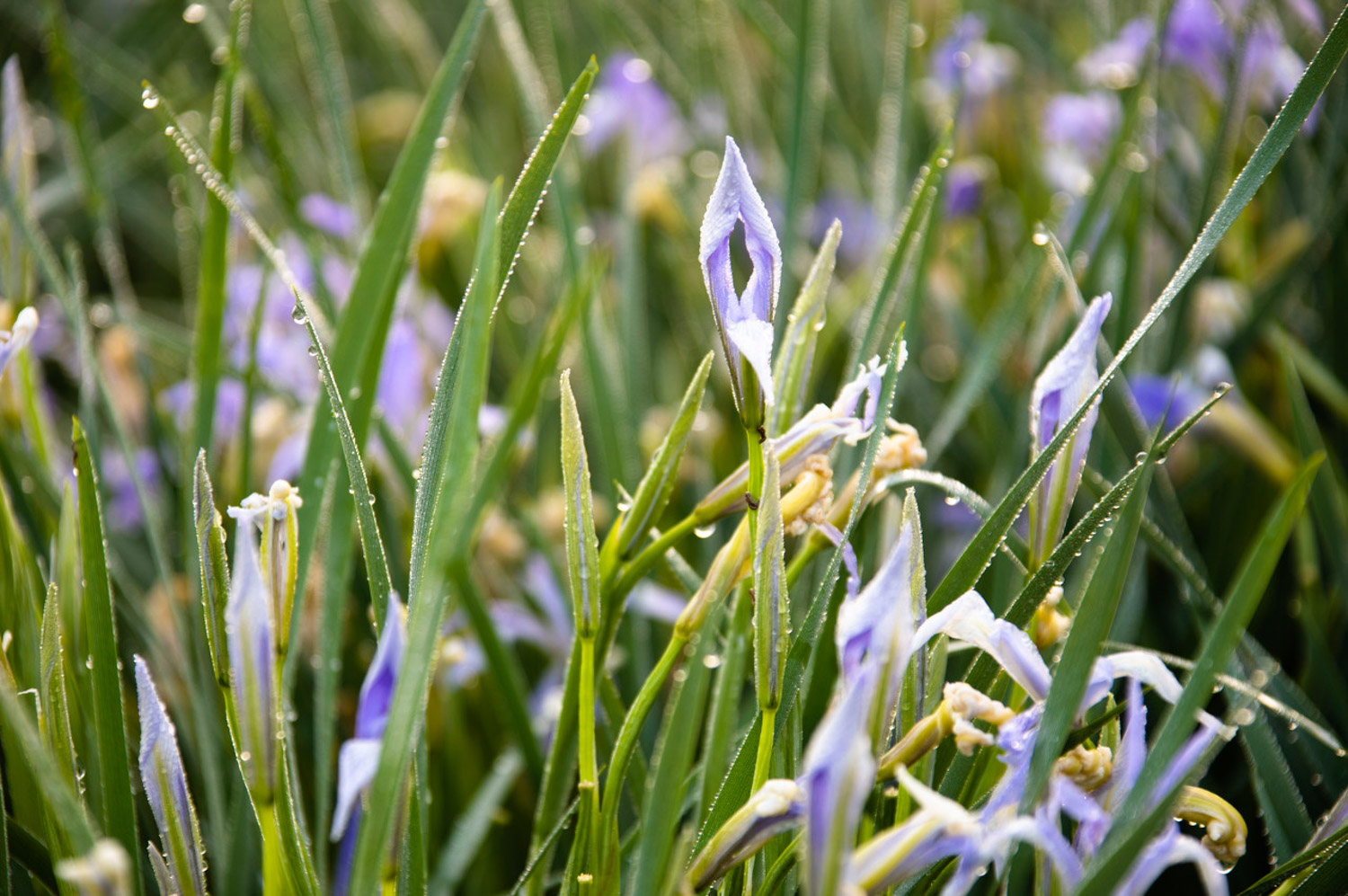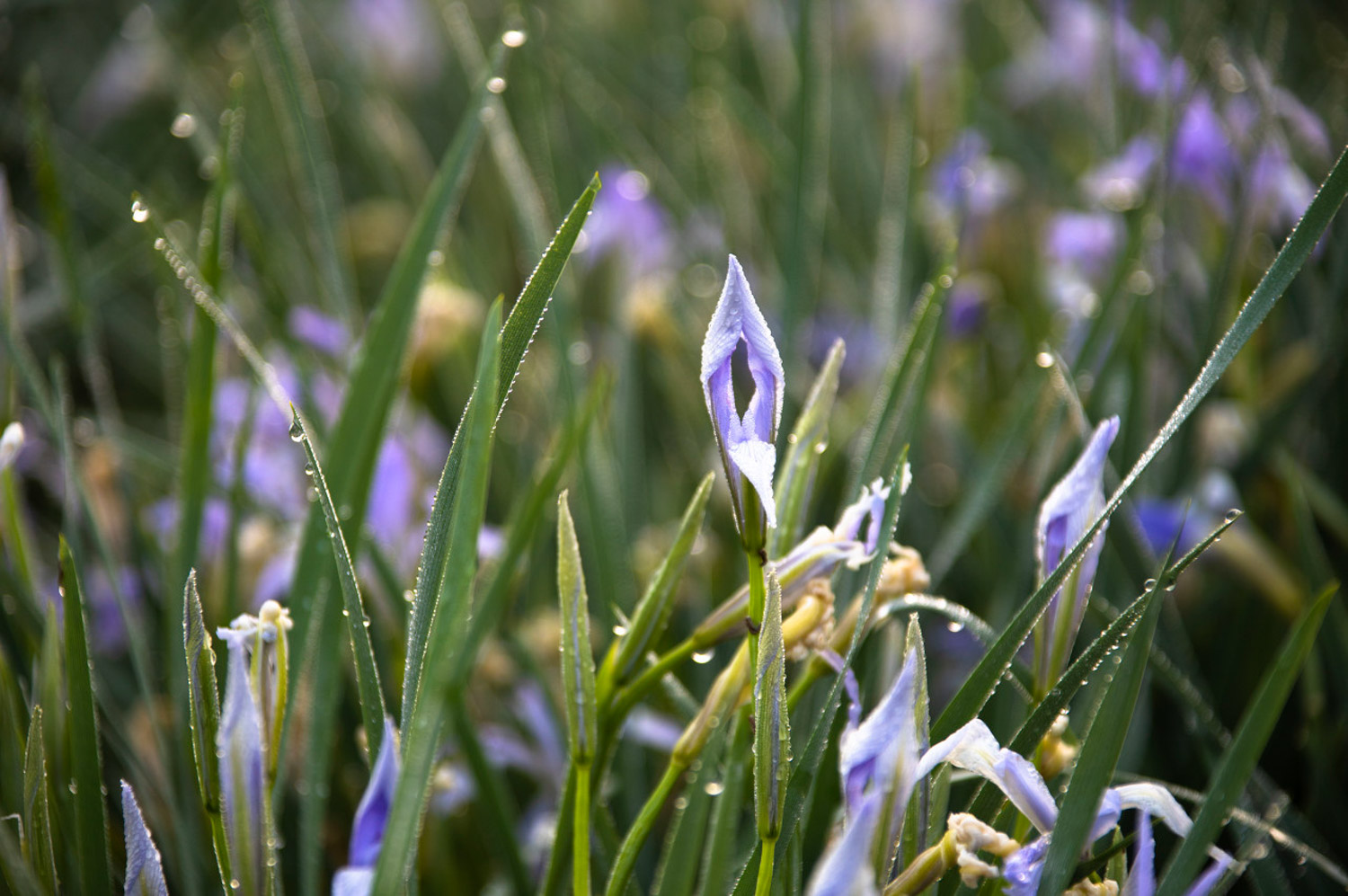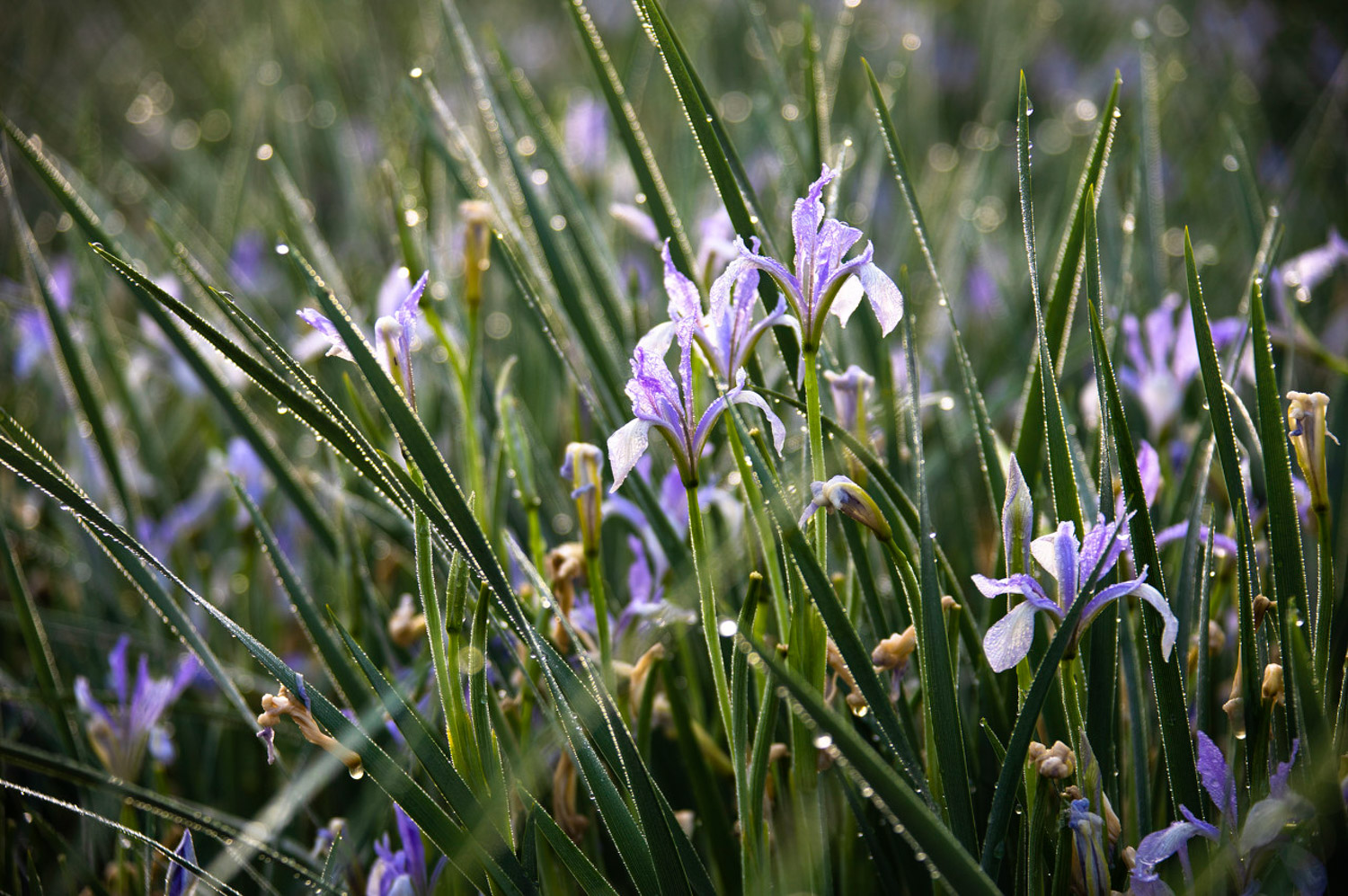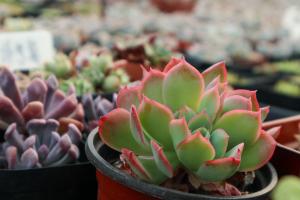Sowing and propagation of iris
Iris can be propagated by sowing, but one disadvantage of sowing is that the emergence rate of direct seeding seeds is relatively low
When planting iris, the temperature of seed germination is between 15 ℃ - 30 ℃. If the temperature is not appropriate, the germination rate will be very low. It is generally necessary to promote germination before sowing. It can be soaked in warm water to improve the germination rate of seeds. The seed collection is suitable for November. Cut off the inflorescence of iris, take out the seeds, and sow them in February and March. The method of strip sowing can be adopted when sowing. If the temperature is low, it can be covered with plastic film for heat preservation
Attention should be paid to sowing and reproduction. The seeds of iris rush germinate poorly at room temperature. The vitality of seeds stored for more than 5 years will decline. Generally, the method of variable temperature storage will be adopted during storage

Ramet propagation of iris
The ramet propagation of iris can generally be carried out all year round, but spring and autumn are the best breeding time. Divide iris into several plants, and then plant every 2-3 plants into a cluster
Keep 3-5 leaves for each new plant of iris, and the other leaves can be cut off. The survival rate of replanted plants is high. Pay attention to shade when the temperature is high

Rhizome propagation of iris
Iris can also be propagated by means of tuber propagation, which can be carried out all year round, but it is also better in spring and autumn. Cut the underground rhizome of iris into sections about 10cm long, each with several bell buds. When planting rhizomes, you can put the rhizomes into a dug ditch with the root buds facing up, unfold the roots, cover them with soil, and then pour water through them. Plastic film can be covered when the temperature is low, and shade when the temperature is high


 how many times do yo...
how many times do yo... how many planted tre...
how many planted tre... how many pine trees ...
how many pine trees ... how many pecan trees...
how many pecan trees... how many plants comp...
how many plants comp... how many plants can ...
how many plants can ... how many plants and ...
how many plants and ... how many pepper plan...
how many pepper plan...































